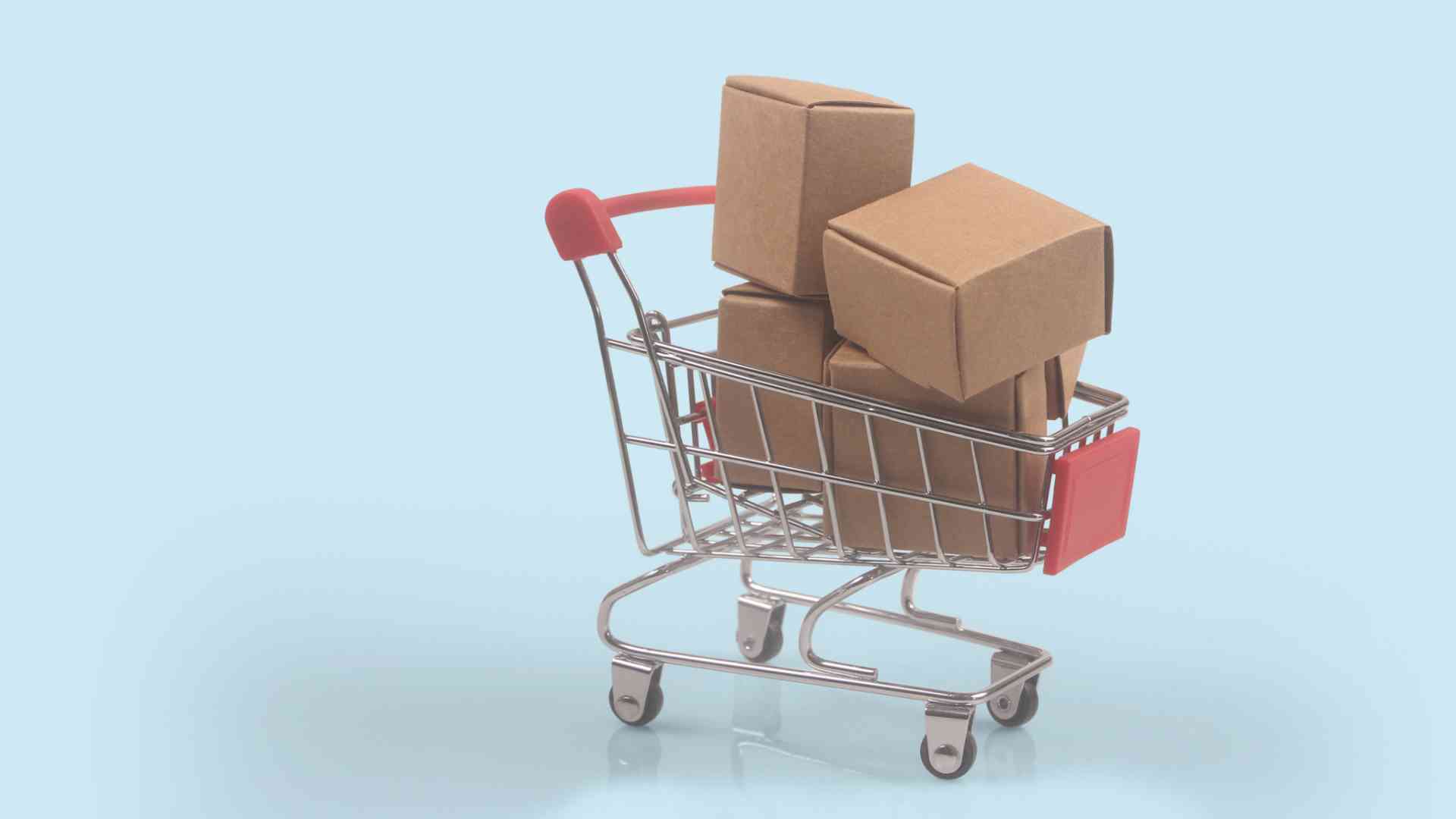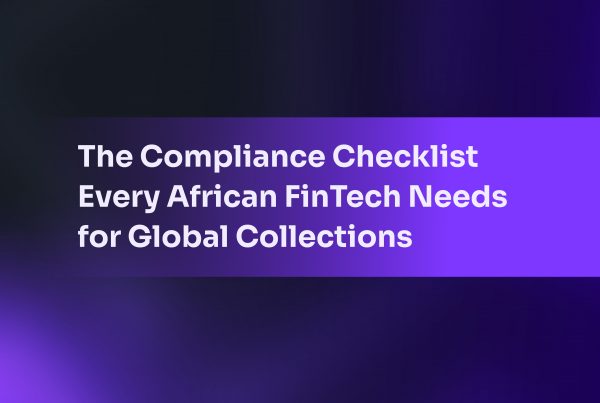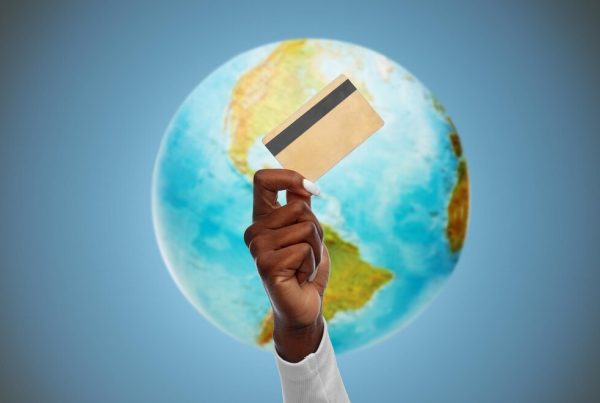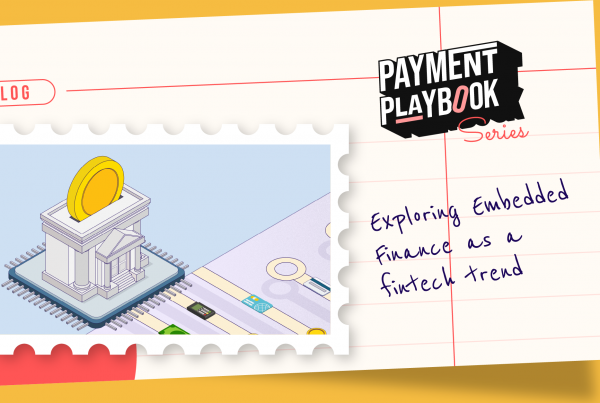The Buy Now Pay Later craze has since gotten to Africa to great reception, especially in sub-Saharan Africa, with one of the fastest-growing consumer markets in the world.
There is no doubt that Africa’s financial systems have progressed over the past two decades thanks to financial technology. With fintechs, more Africans are beginning to access financial services that will boost economic growth. We have seen fintechs roll out innovative products with significant impact in payment, investing, insurance, and savings.
One area of financial services that Africa, especially the sub-Saharan region, still struggles with is access to credit. Several lending platforms have gained ground in Africa to tackle the challenge by making credit accessible to most people with no credit scores and collateral. However, access to credit is still at a worrying low. For example, according to an expert, only 2% have access to credit facilities in Nigeria. Another expert opined that seven out of 10 bank customers in Nigeria have no access to credit, with similar stories in developing economies of Africa.
This lack of access to credit has continued to affect the consumer market in Africa as most people do not have the means to make total payments for things they need. To combat this, a payment method known as ‘Buy Now, Pay Later (BNPL) is gaining popularity in Africa.
What is BNPL
BNPL is a type of payment that allows customers to buy products/goods and pay for them later. Most BNPL fintechs offer this service without interest for small, short-term purchases, although some charges are attached, especially when you default on the payment.
How does BNPL work?
Affirm and Klarna are usually the first to mind in the BNPL vertical. These fintechs have payment gateways on merchants’ online stores, offering point-of-sale loans that split payments. Some American credit card issuers also have BNPL systems.
At the checkout pages of online stores, BNPL offers the customers options to pay a down payment-usually 25% of the overall amount of the good/product. Then they can pay off the remaining amount due in a series of interest-free instalments.
BNPL fintechs have two main revenue-generating models; they get commissions from merchants and also from interest rates and penalties for defaulters.
Merchants are now widely adopting BPNL gateways as an option to attract more customers and get them more sales. Merchants have little to lose here as the third-party BNPL providers pay the merchants in full. The BNPL providers then collect their payments when due from the customers.
BNPL in Africa
This fintech vertical has seen exponential growth over the last couple of years as the pandemic led to an e-commerce boom. BNPL spending went up 230% in the United States alone since 2020, according to Accenture and is estimated to total $226 billion in 2021, according to a Juniper Research report. Apple recently joined the BNPL craze with Apple Pay Later.
The craze has since gotten to Africa to great reception, especially in sub-Saharan Africa, with one of the fastest-growing consumer markets in the world. Companies like Carbon with Carbon Zero, CDCare, EasyBuy, AltMall, and CredPal are following this latest trend in global consumer financing and looking to tap into the boom.
The prospect is mouth-watering, with the BNPL payments expected to grow in Africa. In Nigeria, a report by Research and Markets estimated an expected increase of 59.3% to reach $325.4m in 2021.
It’s becoming a widely used option for Africa’s young demographic (25-40). This group often has a stable income or salary, and verifiable Know-Your-Customer information- in Nigeria, NIN/BVN is essential.
The lack of credit and high-interest rates and charges with formal banking institutions have made Africa market-ready for BNPL.
In Africa, where emerging economies often crack under pressure, leading to harsh economic conditions, the purchasing power of the populace reduces. This will drive more adoption of BNPL fintechs as people find better financing options to purchase goods.
The BNPL payment model is also perfect for Africa, with frequent inflationary surges. Buyers can lock in at a price and make purchases while paying over time. Without BNPL, the other option is to save before making a purchase. Still, with the high inflation rate in Africa, the product might cost a significant percentage higher when a consumer has saved enough to buy.




